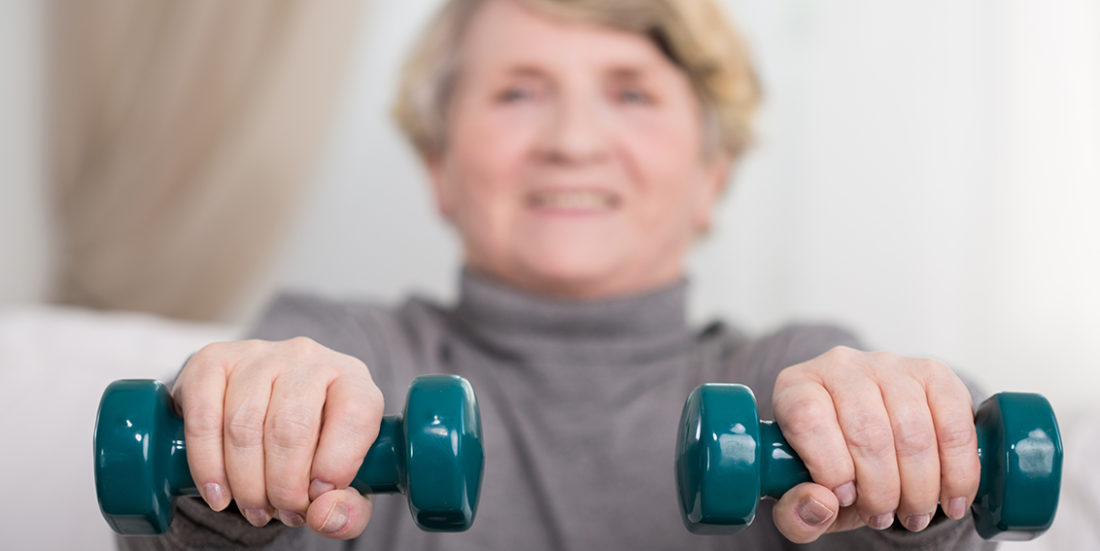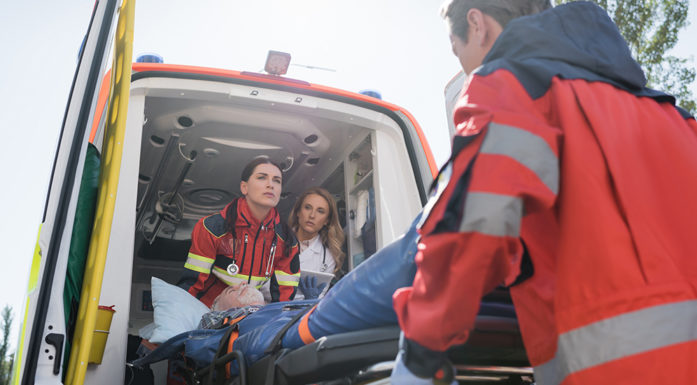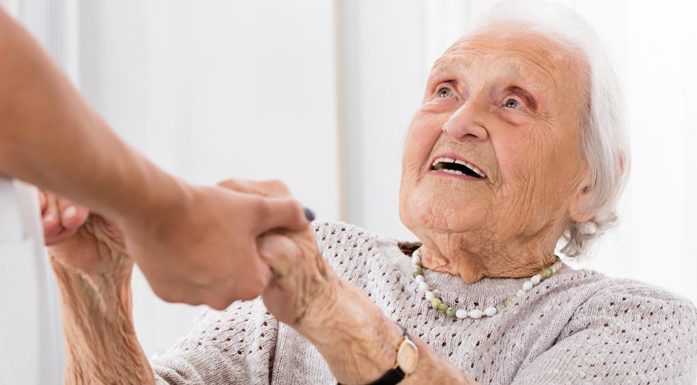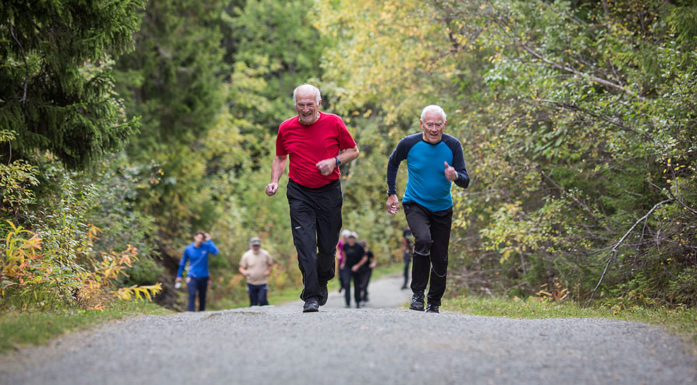Bringing tele-rehabiliation to Norway’s municipalities
Many elderly are open to using welfare technology for rehabilitation, but health care workers are sceptical, and many municipalities are shying away.
WELFARE TECHNOLOGY: The world is ageing, and as life expectancy increases, more and more people will need help from health care services at home.
Some of the most pressing demands will come from relatively simple needs, such as the need to re-train elderly patients after a fall, or preventative training to help them maintain their balance and increase their strength to make different tasks easier despite the health problems that come with old age.
Norwegians of a certain age have been exposed to this kind of remote exercise programme already via a popular radio show that was broadcast for more than 30 years called “Training for the Elderly.”
“Stand with your feet together, swing your arms, and go!” Many elderly citizens tuned in to follow Morset’s instructions, accompanied by piano music. Balance and strength training, all at home.
Today, many countries use video communication as a part of rehabilitation. You could call it a modern cousin to Morset’s series. A cousin adapted to your needs, specifically.
A literature study done on everyday rehabilitation using video communication shows that most elderly are open to this approach. The real challenge, it seems, is getting municipalities and health care workers to put it to use.
Skyping with grandchildren– and physiotherapists
“The elderly population is getting used to using Skype to communicating with grandchildren who live far away, and many have mastered the use of iPads and other touch technologies. This knowledge is transferable to the relatively simple technology that is used for everyday rehabilitation via video calls. Using well-known technology in this way, however, is still an unknown practice in Norway,” says Ralf Kirchhoff at NTNU in Ålesund. He is an associate professor at the Faculty of Health Science.
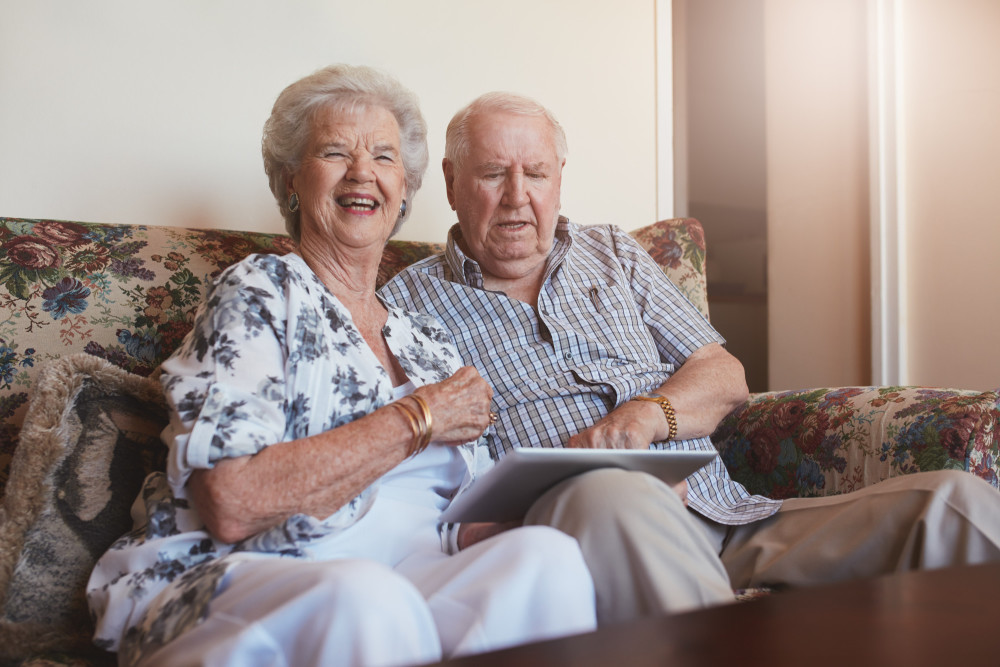
The elderly are eagerly embracing tablets as a communication tool, as when they Skype with far-flung family members. Photo: Thinkstock
Australia, the UK, Sweden and the USA are examples of countries that all have gained experience using this type of welfare technology. Along with Assistant Professor Helen Berg, Kirchhoff has done a literature study of eleven experimental studies from PubMed, Science Direct and CINAHL, which are all research databases.
“Our literature study shows that elderly users are generally satisfied with home-based rehabilitation services using video communication,” says Berg. She is an assistant professor at the Faculty of Health Science at NTNU Ålesund.
Too much travel time in sparsely populated areas
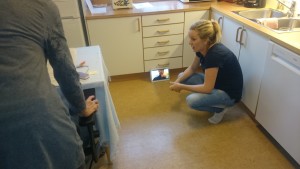
Using an iPad, physiotherapists can keep up with both their elderly patients as well as the patient’s nurse or at-home help. Photo: Helen Berg, NTNU
Kirchhoff points out that one of the largest challenges for elderly patients in need of rehabilitation today is having to keep in touch with a number of different care providers.
Large distances between populated areas in countries such as Norway don’t make it easier, either.
“Travelling takes up a lot of time for specialized health care personnel who work with rehabilitation at home. Video communication allows a physiotherapist or occupational therapist to better manage their time helping all of their patients, rather than spending too much of it travelling to visit a few,” Kirchhoff says.
Using video communication technology, a physiotherapist or occupational therapist can teach and give advice to both their patients, as well as to the patient’s nurse or at-home assistance.
“Introducing tele-rehabilitation into the literature will make it a lot easier to reach patients at their home, especially in remote areas with limited health care services nearby. It is also particularly useful for physiotherapists and ergotherapists, who can use two-way communication to make sure that different exercises are done correctly, without having to be present at a patient’s home for every workout. This way, the effectiveness of the service increases as well,” Berg and Kirchhoff conclude.
Health care services and municipalities are sceptical
The literature study shows that elderly patients aren’t the ones preventing these services from being put into use. Many health care personnel are sceptical. Kirchhoff thinks that this is because this type of technology is not being covered in nursing and other medical curricula in Norway.
But the greatest resistance is in the municipalities.
“This is unknown territory for Norwegian municipalities, and most of them are unprepared to implement welfare technology like this,” Kirchhoff says.
Kirchhoff says there are multiple reasons for this. For one, it’s a new way of organizing health care services, meaning that infrastructure needs to be rebuilt. This can be challenging. Introducing welfare technology also requires well-coordinated long-term planning, which not all municipalities are very good at.
The size of a municipality and its economic stability are other factors that can affect the ability to implement new technology— for example, introducing new welfare technology may take resources away from other municipal duties, while at the same time, this type of technology may not necessarily save on personnel costs (although market providers may claim otherwise).
Additionally, municipal IT support needs to be strengthened to make introducing this technology possible. Health care workers and municipal engineers need to be able to work together, a kind of cooperation isn’t always easy to achieve. Finally, there needs to be strong coordination between the government-run specialist health care services and municipal general health care services.
All of this contributes to a reluctance to change, Kirchhoff said.
“There is a certain amount of resistance to change at the municipal level, in addition to the fact that a number of processes need to be put in place at an administrative level,” he says.
- You might also like: Finding a good home for dementia sufferers
Need to have a secondary, low-tech offering
Although many elderly patients are open to these welfare technology offerings, some find them to be difficult to use, and impersonal.
“If a municipality chooses to introduce technology like this, some people might feel pressed to use something they don’t want, or don’t feel like they have the capability to use. For this reason, it is important that municipalities that choose to put welfare technology into use also offer a low-tech service,” Kirchhoff points out.
This isn’t a solution for everyone, but rather a new way to offer municipal services with the goal of making the offer to anyone who needs physical rehabilitation better.
“There’s a fair amount of testing of welfare technology in Norwegian municipalities, but it generally stops in the trial phase. There needs to be a platform in place where municipalities can share experiences and build on each other’s knowledge,” Kirchhoff concludes.
The researchers say their study provides a basis for planning and introducing welfare technology in a more coordinated manner. It also points out challenges that introducing the technology into health care services raises for personnel, users and municipalities. In this sense, they say, this type of welfare technology isn’t a quick fix for primary health care services.
